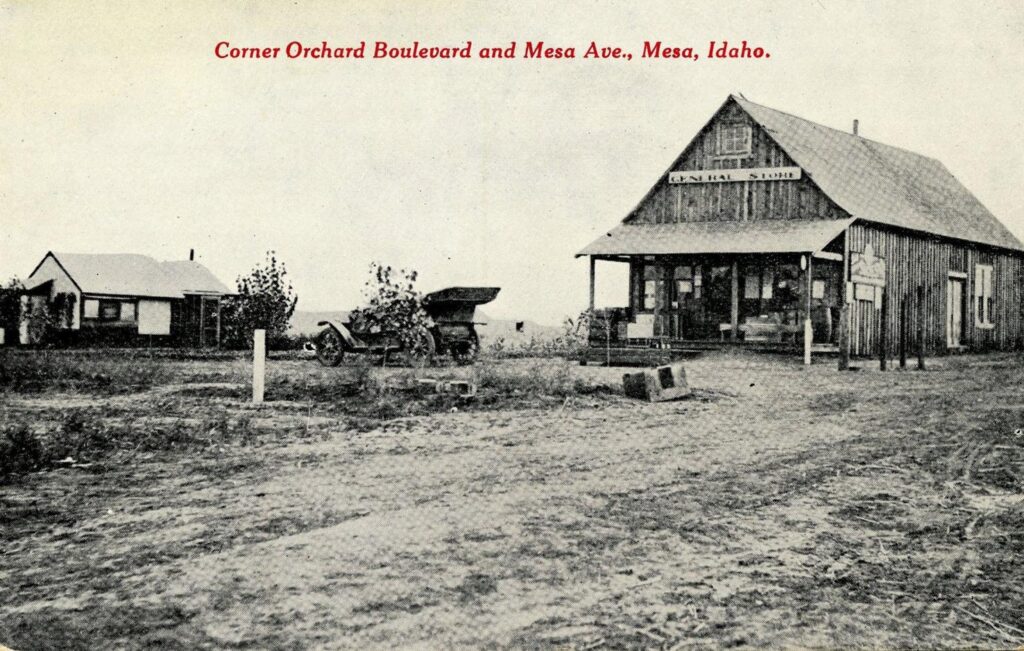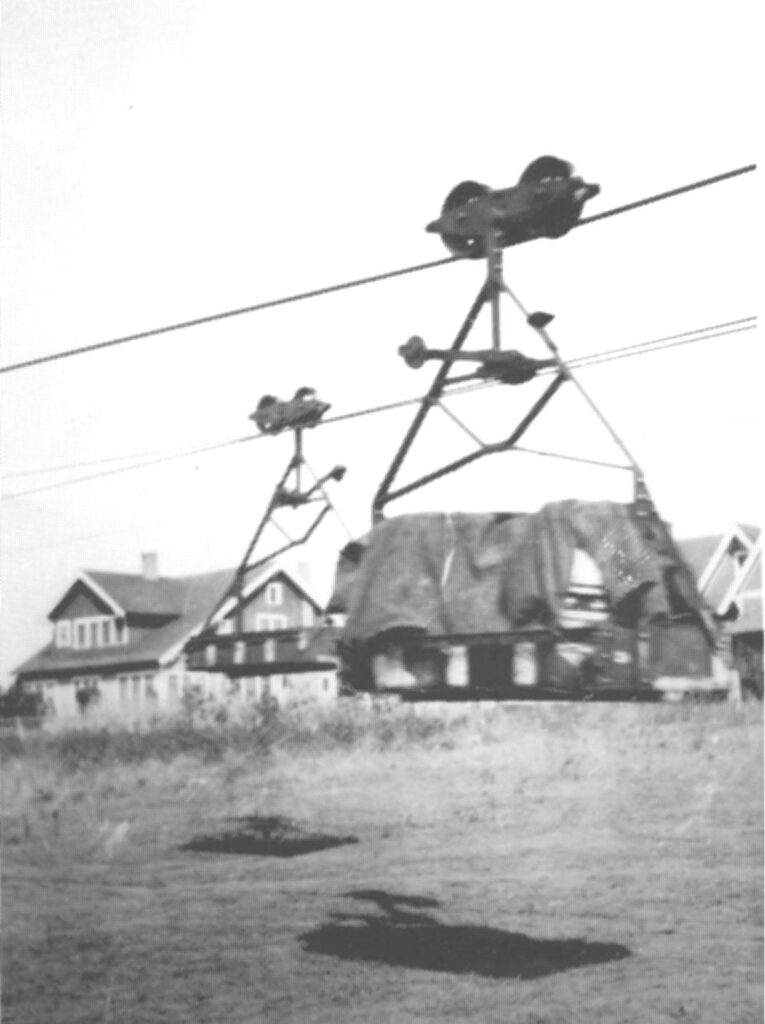Mesa Orchards, once a thriving orchard located near a railroad line about three miles south of Council, had a fascinating history. Initially, the orchard’s operations were slow until the Van Hogsens took over and implemented significant improvements.
One notable improvement was the installation of a tramway between the orchards and the railroad line, which greatly enhanced efficiency. The tramway, managed by a skilled surveyor, could transport a ton of apples, packed in eight boxes, every two or three hours, regardless of weather conditions. This system revolutionized transportation, allowing for easy access to transport apples directly to the railroad car door. However, the tramway was eventually abandoned around 1940 due to the construction of an oiled highway and the availability of larger trucks for transporting apples.
In the early 1920s, the main flume connecting the dam to the orchards required rebuilding. This project, costing $63,000, was funded through various sources, including a grant of $40,000 from the Public Works Administration, the sale of 1,000 acre-feet of surplus water to ranchers in Middle Valley at Midvale, and $25,000 from the Mesa Orchards’ owner, the Production Credit Association.
The successful operation of Mesa Orchards was a testament to innovation and adaptability, showcasing the evolution of agricultural practices in the region.
From Weiser Signal – Thur, February 25, 1965






















